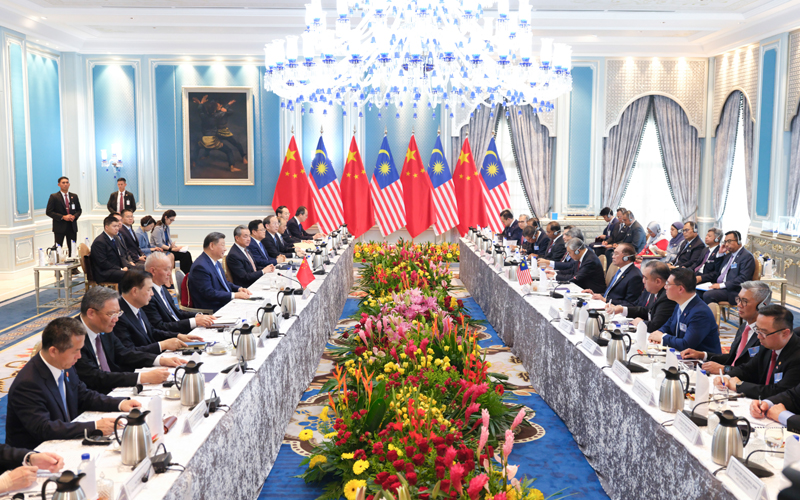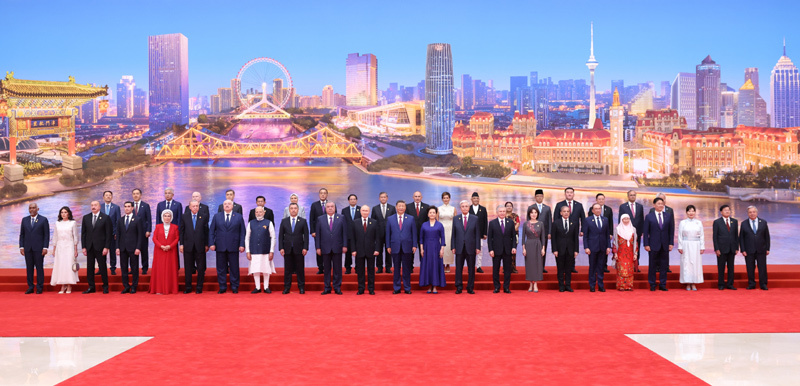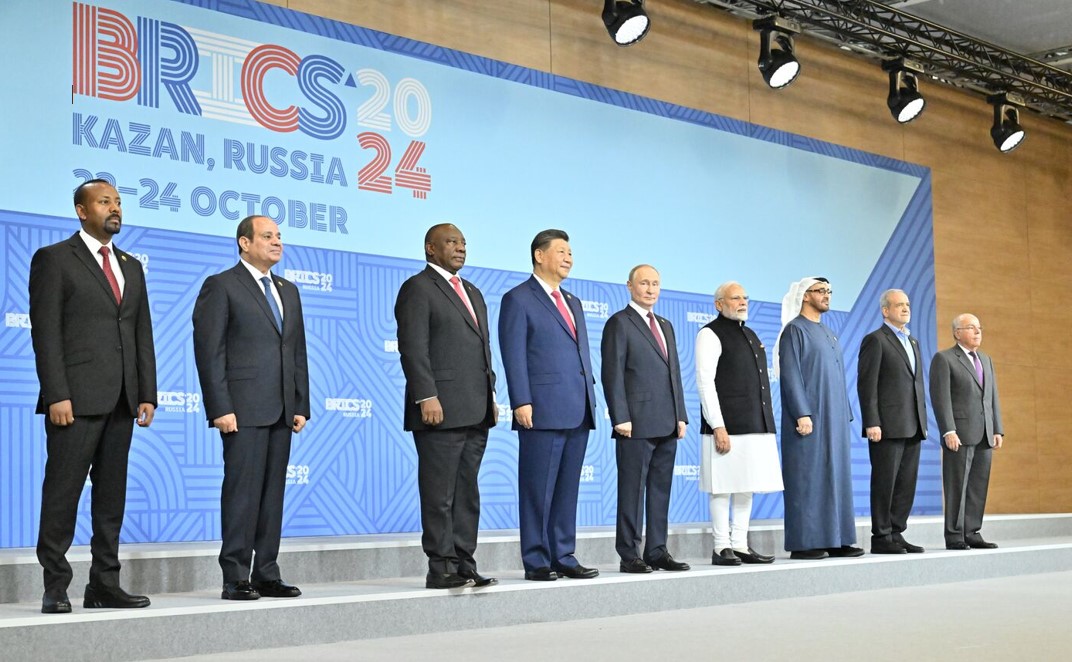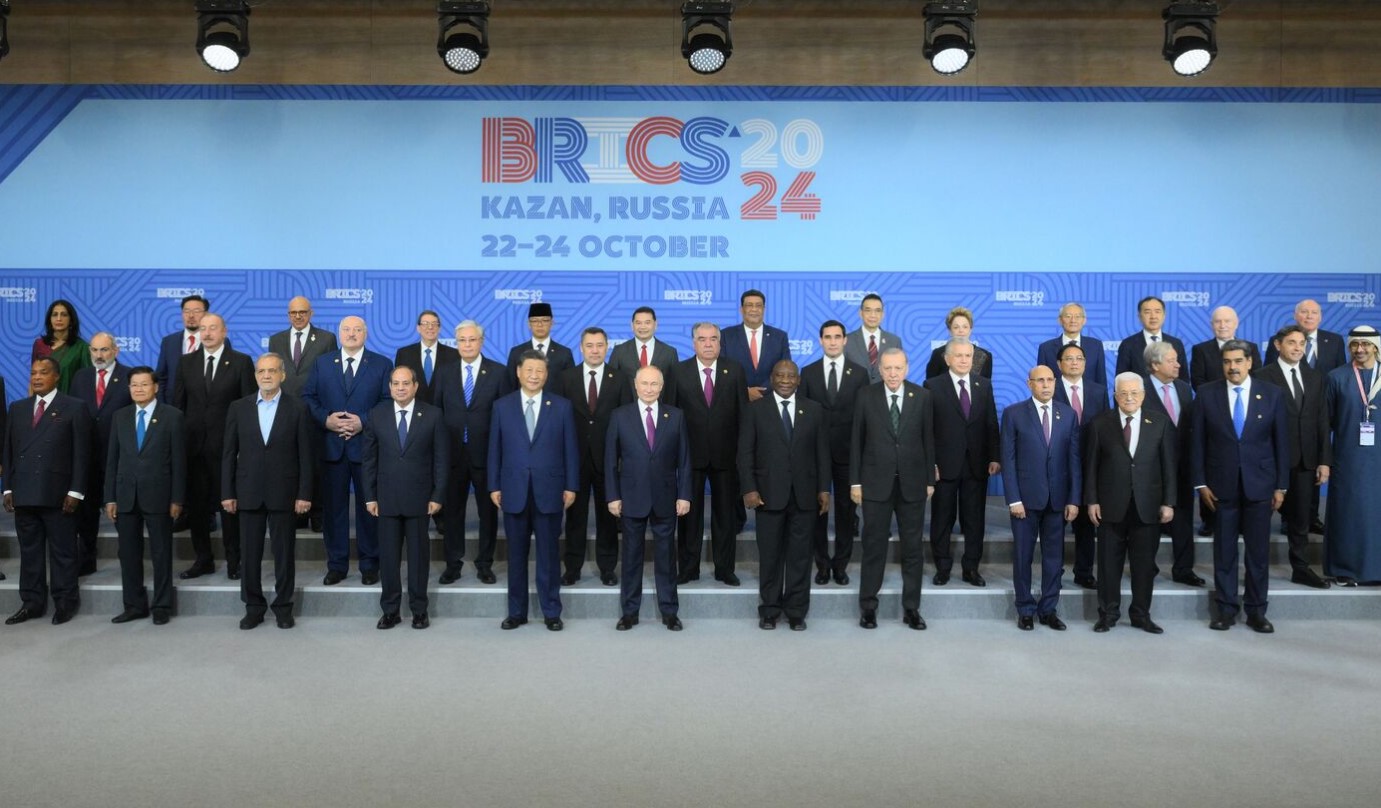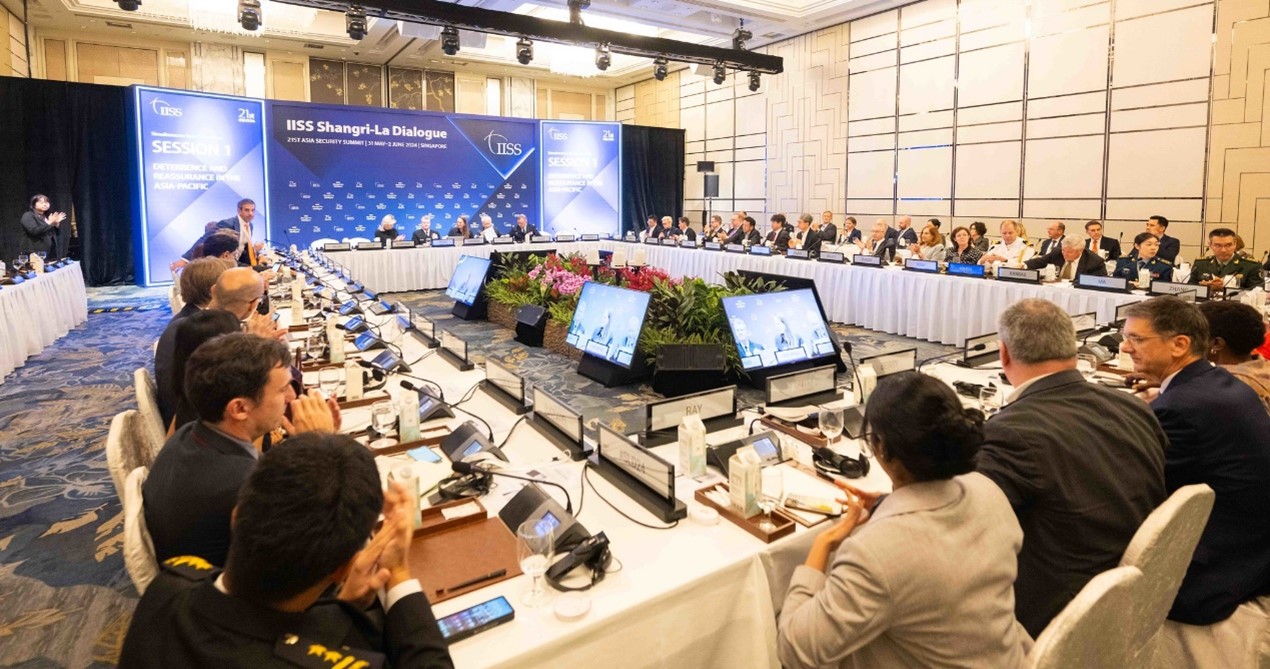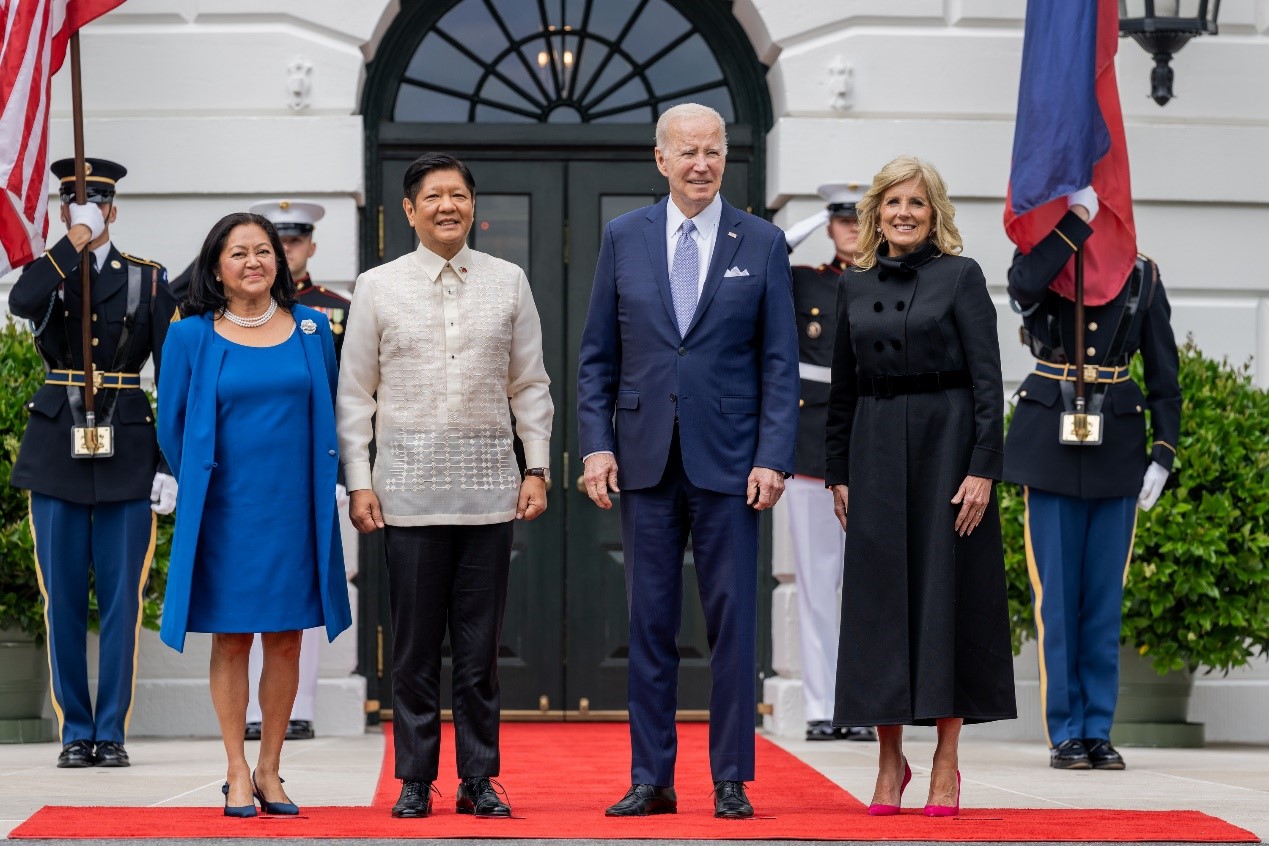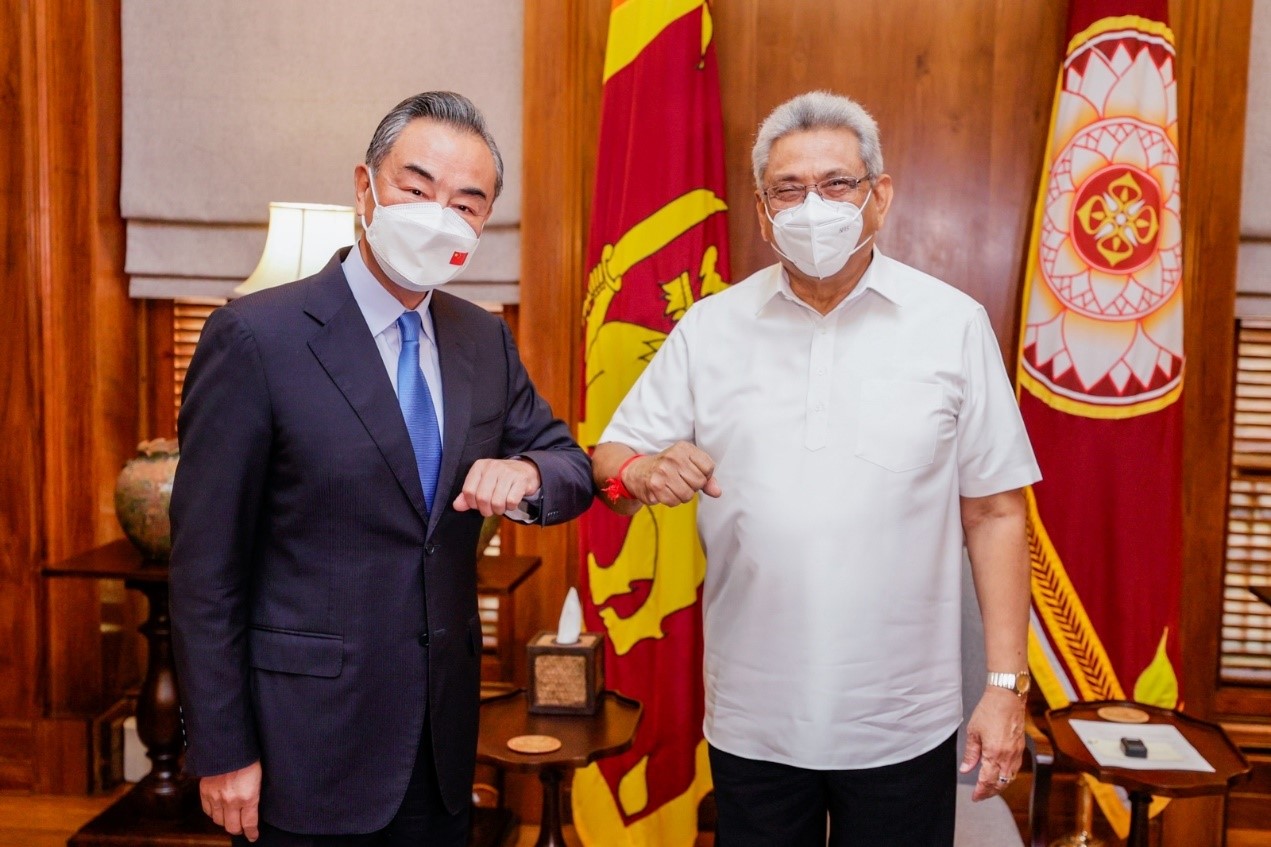The Strategic Implications of Xi Jinping’s Visits to Vietnam, Malaysia and Cambodia in April 2025
Xi’s strategy is clear — to demonstrate success through the neighborhood community and expand this model to the Global South, culminating in an alternative community with a shared future for mankind. However, this ambition faces serious challenges. While Xi appears to be successfully rallying regional support, his muted response to the Trump contingency — Trump’s tariff shock — reveals China’s vulnerability. Picture source: PRC, April 16, 2025, https://www.gov.cn/yaowen/liebiao/202504/content_7019146.htm.
Prospects & Perspectives No. 26
The Strategic Implications of Xi Jinping’s Visits to Vietnam, Malaysia and Cambodia in April 2025
By Alan Hao Yang
Xi Jinping’s Enduring Emphasis on ‘Community’ (gongtongti)
During the Central Conference on Work Relating to Foreign Affairs Surrounding China On April 9, Chinese President Xi Jinping emphasized the strategic priority of “building a community with a shared future in the neighborhood” and called for new progress in China’s neighborhood diplomacy. He underscored that China, “being vast and sharing long borders with many countries, must view its periphery as a foundation for development and prosperity, a core area for national security, a priority arena for diplomacy, and a key platform for advancing a global community with a shared future.”
Since taking office, Xi has consistently favored the notion of “community,” previously proposing concepts such as the “community with a shared future for mankind” and grouping developing countries under the Global South appeal — a conceptual community in itself. More recently, he has advocated the notion of a “Neighborhood Community.”
The Significance of the Neighborhood Community
The concept of a neighborhood community is not entirely new as China’s long-standing foreign policy prioritizes its periphery, aiming to establish economic interdependence with neighboring countries through trade and investment incentives. This approach not only fosters regional cooperation but also consolidates support for the Chinese regime’s legitimacy by cultivating a development hinterland. Under Xi’s leadership, China has leveraged the Belt and Road Initiative (BRI) to enhance physical infrastructure connectivity and deepen symbiotic ties with this hinterland. Beyond rising trade volumes, these neighboring countries serve as crucial consumer markets and strategic partners. More importantly, the neighborhood community reflects a socialization process in which China assumes the leadership role, positioning itself as the linchpin in resisting external interference.
Xi’s renewed emphasis on the neighborhood community came shortly after American President Donald Trump announced his imposition of reciprocal tariffs on April 2. These tariffs dealt a significant blow to Southeast Asian economies, with China itself facing rates as high as 145% or even 245%. Against this backdrop of external economic pressure, Xi has strategically repositioned the neighborhood community as a collective response mechanism — one that seeks to “liberate” regional countries that, like China, are adversely affected by U.S. protectionism.
Outcomes of Xi Jinping’s April Visits to Southeast Asia in 2025
In mid-April, Xi Jinping undertook a high-profile visit to Vietnam, Malaysia, and Cambodia, which Chinese state media described as “deepening engagement.” These visits reaffirmed Beijing’s hierarchical approach to its regional partnerships. Vietnam, sharing a similar socialist system, was Xi’s first stop; Malaysia, China’s most successful economic partner within ASEAN, followed; and Cambodia, a close political ally with pending major development projects, completed the itinerary.
Xi’s visit yielded three major outcomes. First, economic deepening. Xi reiterated China’s commitment to advancing bilateral economic and infrastructure cooperation under the existing BRI framework. This includes renewed pledges to align Vietnam’s “Two Corridors and One Economic Circle” with the BRI, expanding collaboration on Malaysia’s East Coast Rail Link (ECRL), and upgrading Cambodia’s industrial zones and logistics networks.
Second, political and security consolidation. Xi emphasized the importance of joint efforts in enabling regional security and advocated resolving South China Sea disputes through dialogue. Notably in Cambodia, he advanced the “China-Cambodia Community with a Shared Future in the New Era,” an upgraded version of a bilateral vision first outlined in 2019 and updated in 2023. In addition, the 2025 iteration includes six strategic domains — politics, industrial capacity, agriculture, energy, security, and cultural exchange — known as the “Diamond Hexagon.” These areas encompass cooperation on supply chains, artificial intelligence, development aid, customs and sanitation, media, and military training, particularly regarding the Ream Naval Base.
Third and most critically, Xi vigorously promoted the doctrine that “Asian affairs should be handled by Asians.” This rhetoric, coupled with appeals to the discourses of “Global South” and “South-South cooperation,” aims to consolidate a neighborhood community favorable to China and capable of countering U.S.-led Indo-Pacific strategies and Trump’s tariff measures.
At the bilateral level, the outcomes were substantial to Beijing. China and Vietnam signed 45 agreements focusing on supply chain cooperation. China and Malaysia concluded 31 agreements ranging from micro-level AI cooperation to macro-level global security frameworks. Meanwhile, the China-Cambodia relationship focused on elevating strategic ties through the “all-weather comprehensive strategic partnership,” offering a model for other countries seeking closer tie with Beijing.
Conclusion: The Promise and Limits of the Neighborhood Community
Following these visits, Xi traveled northward to Moscow in May, where he and President Vladimir Putin signed over 20 documents for deepening bilateral cooperation, including a 13,000-word joint statement. Xi’s southern and northern diplomacy reveals China’s broader vision of a neighborhood community: a China-centered manageable regional network built on trade, infrastructure, security, and supply chain integration, serving as an alternative coalition to counter the United States and its partners, including Taiwan. Xi’s strategy is clear — to demonstrate success through the neighborhood community and expand this model to the Global South, culminating in an alternative community with a shared future for mankind.
However, this ambition faces serious challenges. While Xi appears to be successfully rallying regional support, his muted response to the Trump contingency — Trump’s tariff shock — reveals China’s vulnerability. With U.S.-China tariff tensions unresolved, many neighboring states remain cautious, wary of being labeled as conduits for Chinese goods circumventing tariffs. If the neighborhood community is merely a coalition of convenience driven by shared short term economic interests, it remains susceptible to disintegration when those interests diverge.
(Alan Hao Yang is Professor, Graduate Institute of East Asian Studies, National Chengchi University, Taiwan; Executive Director, Center for Southeast Asian Studies, NCCU, Taiwan.)


